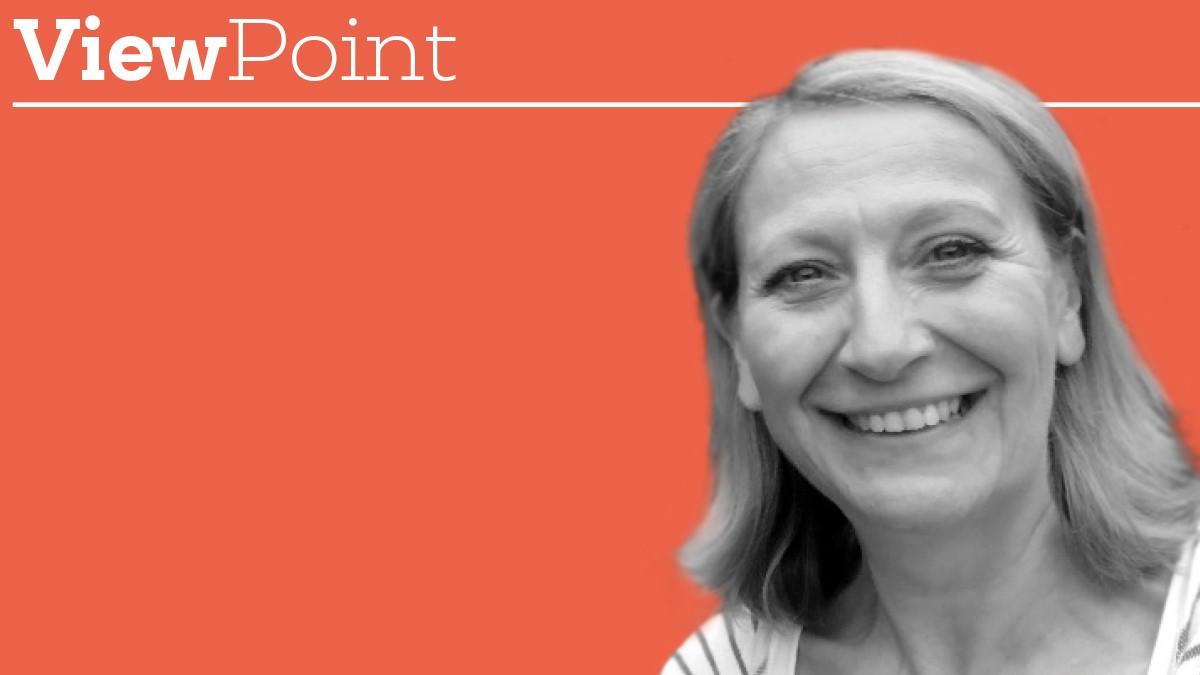Rehabilitation for people with acquired brain injuries can be challenging especially if the individual has behaviours that affect their ability. Jenny Woodgate explains how the neurobehavioural model is used by physiotherapists. Jenny is a physiotherapy clinical lead at The Brain Injury Rehab Trust (BIRT), The Disabilities Trust.

Neurobehavioural rehabilitation is the approach we use at the Brain Injury Rehab Trust. It is a psychology-led concept where the whole team works collaboratively to provide consistency within the client’s structured programmes. The overall focus is on improving behaviours and functional outcomes (to go swimming or for a family dinner) rather than on specific impairments (muscle weakness, social anxiety) centred on the clients’ goals and wishes. Through consistent feedback, scaffolding of their cognitive difficulties and repeated practice in real life settings from the whole team, the client learns how to adjust to their new abilities, how to socially participate and most importantly how to maximise their wellbeing.
Georgina, from our Welsh service, shared an example: ‘We have a number of clients who previously lived active and adrenaline fuelled lives who get bored quickly with the standard rehab activities. We linked them with Ski4All Wales where they get the opportunity to use adapted sit-skis, spend time with peers and take on new challenges, all whilst working on their core stability and control.’
After each session the client will be facilitated to reflect on the goal and how they used their strategies to be successful and to think about how things could be altered to enable a better or different outcome.
Mary, from our York service, supported a client to make some earrings as part of their upper limb rehabilitation. ‘They looked so pleased with the process and the result and reported how much they had enjoyed it, even acknowledging how much they had used their affected hand’.
Other initiatives include drum fit classes, adapted cycling, shopping, road safety, swimming and Zumba.
At our Liverpool service, the team is exploring the use of virtual reality to increase activity and have even ‘virtually transported’ a client back to revisit their home country. So physical rehabilitation doesn’t always have to take place in the gym.
We can be even more inventive with truly bespoke activities to encourage participation and, most importantly, improve the quality of lives for the people we support.
Find Out More
Number of subscribers: 1




































